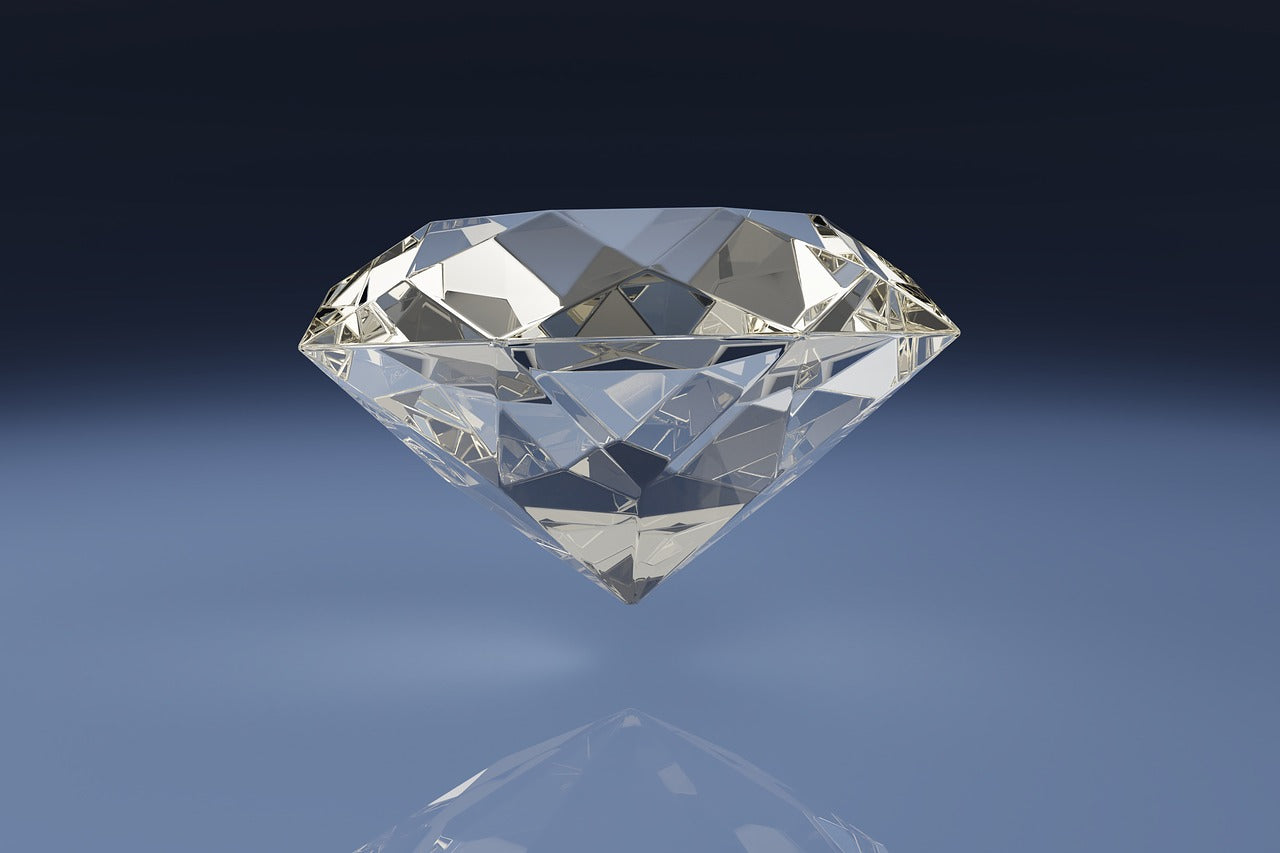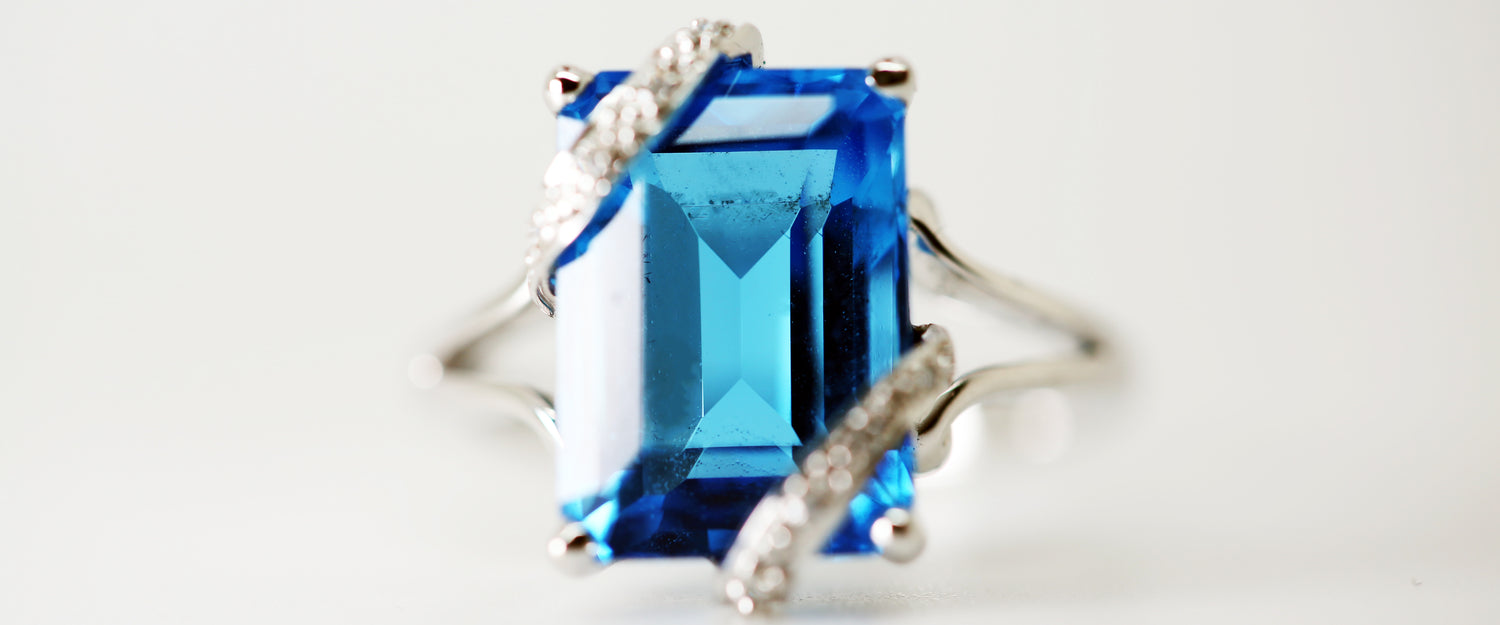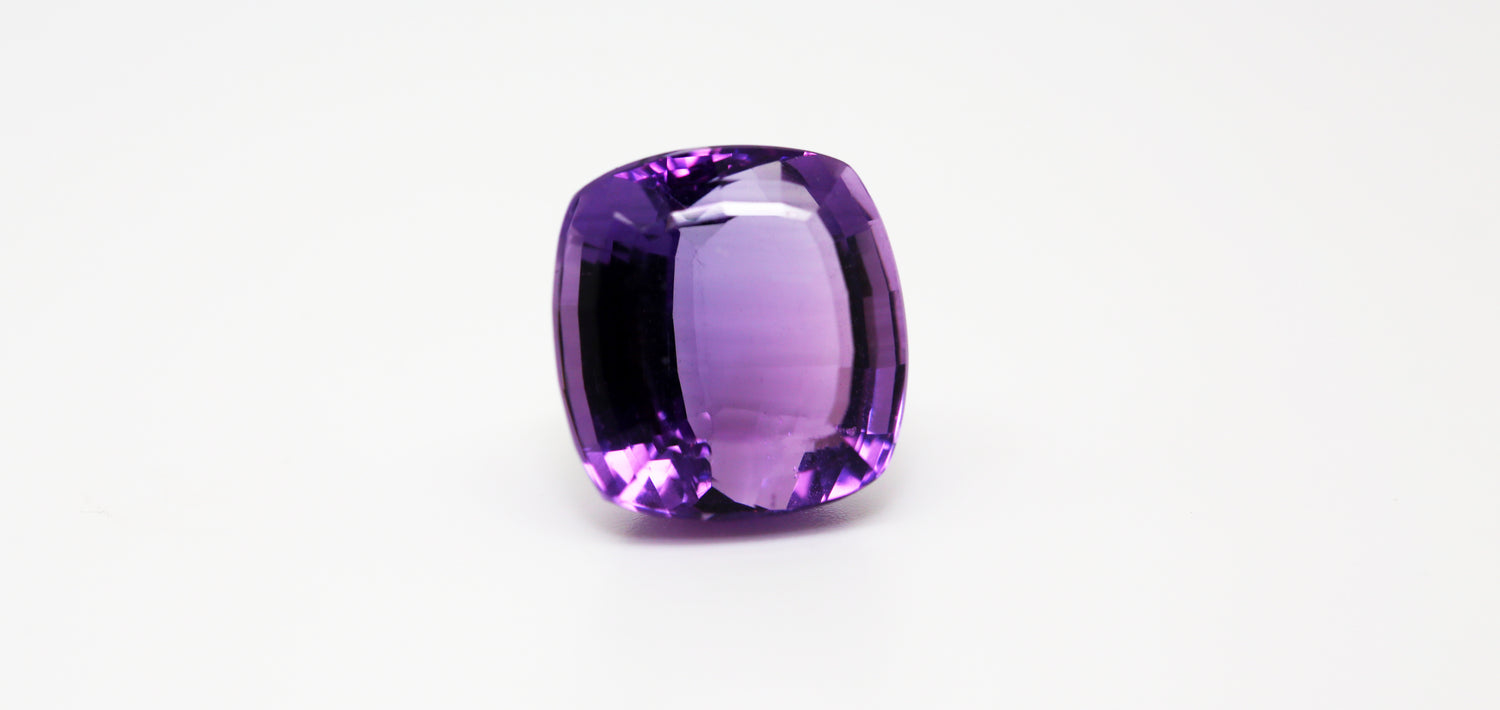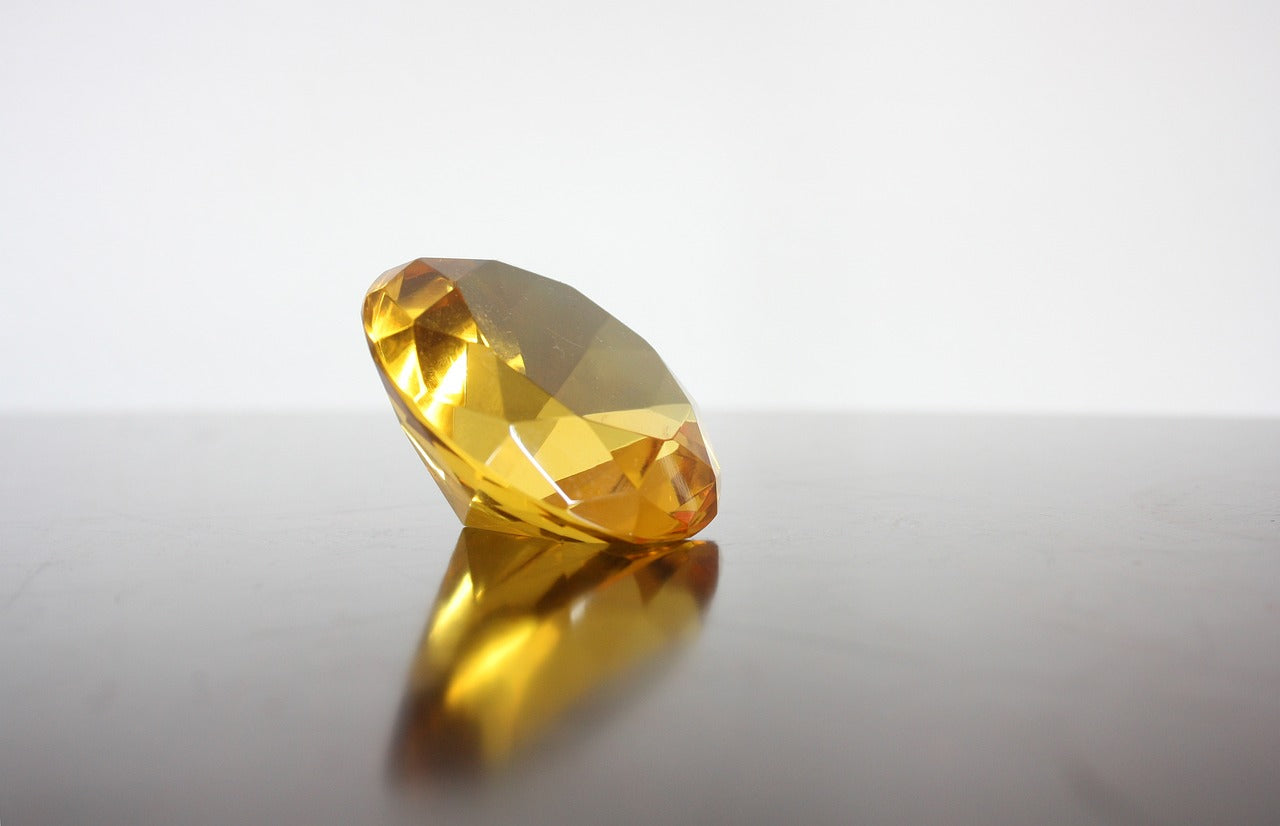Hey there, lovely readers! Today, I’m excited to dive into the dazzling world of diamonds and help you understand the magic behind their brilliance. We often hear about the "Four C's" when it comes to diamonds, but what do they really mean? Let's explore these essential factors together, so you can choose the perfect diamond with confidence and joy.

The Four C's of Diamonds
Diamonds are evaluated based on four key criteria: Carat, Cut, Colour, and Clarity. Each of these C's plays a vital role in determining a diamond's overall quality and value. Let's break them down one by one:
1. Carat: The Diamond's Weight
Carat is the measure of a diamond's weight. One carat is equivalent to 200 milligrams. While carat weight can influence the diamond's size, it's important to remember that two diamonds of equal carat weight can have different values based on their cut, colour, and clarity.
- Higher carat weight: Larger and often more expensive.
- Lower carat weight: Smaller but can still be beautiful and high-quality.
2. Cut: The Diamond's Brilliance
The cut of a diamond refers to how well it has been shaped and faceted. This is perhaps the most crucial of the Four C's, as it affects the diamond's ability to reflect light and sparkle. A well-cut diamond will have optimal brightness, fire, and scintillation.
- Excellent cut: Maximises the diamond's brilliance and sparkle.
- Poor cut: Can make even a high-carat, high-colour, and high-clarity diamond look dull.
3. Colour: The Diamond's Hue
Diamond colour is graded on a scale from D (colourless) to Z (light yellow or brown). The less colour a diamond has, the higher its value. However, some people prefer the warm glow of diamonds with slight colour.
- Colourless diamonds (D-F): Extremely rare and valuable.
- Near-colourless diamonds (G-J): Offer a great balance of quality and value.
- Slightly coloured diamonds (K-Z): Can be more affordable and still beautiful.
4. Clarity: The Diamond's Purity
Clarity refers to the presence of internal or external imperfections, known as inclusions and blemishes, respectively. Diamonds are graded for clarity on a scale from Flawless (no inclusions or blemishes visible under 10x magnification) to Included (inclusions and/or blemishes visible to the naked eye).
- Flawless (FL) and Internally Flawless (IF): Extremely rare and expensive.
- Very, Very Slightly Included (VVS1 and VVS2): High quality with minute inclusions difficult to see under 10x magnification.
- Very Slightly Included (VS1 and VS2): Minor inclusions that are difficult to see.
- Slightly Included (SI1 and SI2): Noticeable inclusions under 10x magnification, but often invisible to the naked eye.
- Included (I1, I2, and I3): Inclusions visible to the naked eye, which may affect transparency and brilliance.
Putting It All Together
Choosing a diamond is about balancing these Four C's according to your preferences and budget. Here are a few tips to keep in mind:
- Prioritise Cut: A well-cut diamond will always outshine a poorly cut one, regardless of carat weight, colour, or clarity.
- Consider Personal Preference: Some people may prefer a larger carat weight while others might prioritise a higher clarity or colour grade.
- Budget Wisely: Determine which C's are most important to you and allocate your budget accordingly. Sometimes a slight compromise in one area can allow for a significant upgrade in another.
Final Thoughts
Understanding the Four C's of diamonds can transform the process of buying a diamond from overwhelming to enjoyable. Remember, the best diamond is the one that makes your heart sing, whether it's a dazzling engagement ring or a stunning pendant.
So next time you're shopping for diamonds, you'll know exactly what to look for and how to choose the perfect stone. Happy diamond hunting, and may your life be as brilliant and sparkling as the gems you adore!



